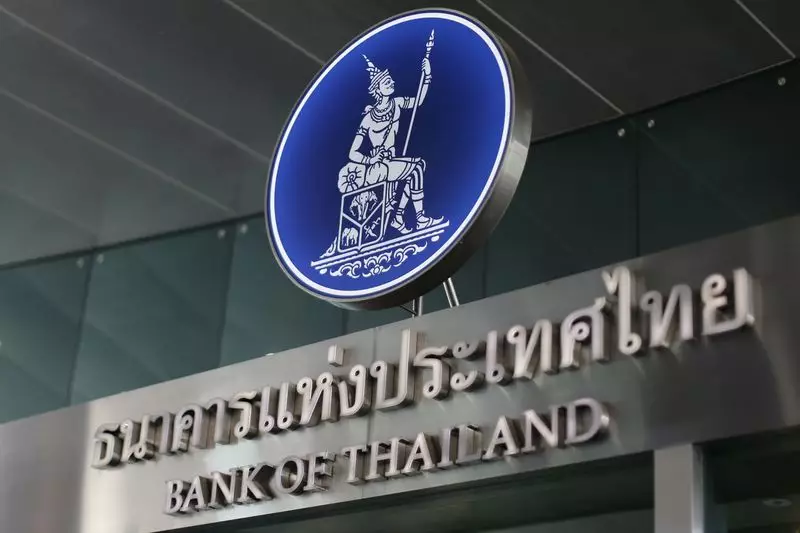Thailand’s central bank Deputy Governor, Alisara Mahasandana, emphasizes that interest rates are not a key factor for boosting the economy. This statement goes against the common belief that adjusting interest rates can significantly impact economic growth. While interest rates do play a role in influencing borrowing and spending decisions, Alisara suggests that there are other factors at play when it comes to stimulating economic activity.
The Bank of Thailand maintains an inflation target range of 1% to 3%, which Alisara considers appropriate for the current economic conditions. She mentions that headline inflation is expected to return to within the target range by the fourth quarter of 2024. This demonstrates the central bank’s commitment to maintaining price stability through its monetary policy decisions.
Alisara highlights that any adjustments to interest rates would be based on factors such as the economy, inflation, and financial stability. This approach indicates a data-driven decision-making process, where the central bank closely monitors key economic indicators to determine the appropriate course of action. By focusing on internal economic factors rather than external influences like the U.S. Federal Reserve, the central bank aims to ensure stability and sustainability in the financial system.
Despite achieving better-than-expected first-quarter growth of 1.5%, the central bank has forecasted a growth rate of 2.6% for the year. This indicates a cautious optimism about the economic recovery and future prospects. While there are calls from Prime Minister Srettha Thavisin to cut rates to support the economy, the central bank remains skeptical about the effectiveness of such measures. Instead, it emphasizes the need for structural reforms to drive long-term productivity and growth.
Thailand’s central bank’s stance on interest rate adjustments reflects a prudent and cautious approach to monetary policy. By prioritizing economic fundamentals over short-term stimulus measures, the central bank aims to promote sustainable growth and financial stability. While external factors may influence decision-making, the focus remains on maintaining price stability, supporting economic growth, and implementing structural reforms for long-term prosperity.

